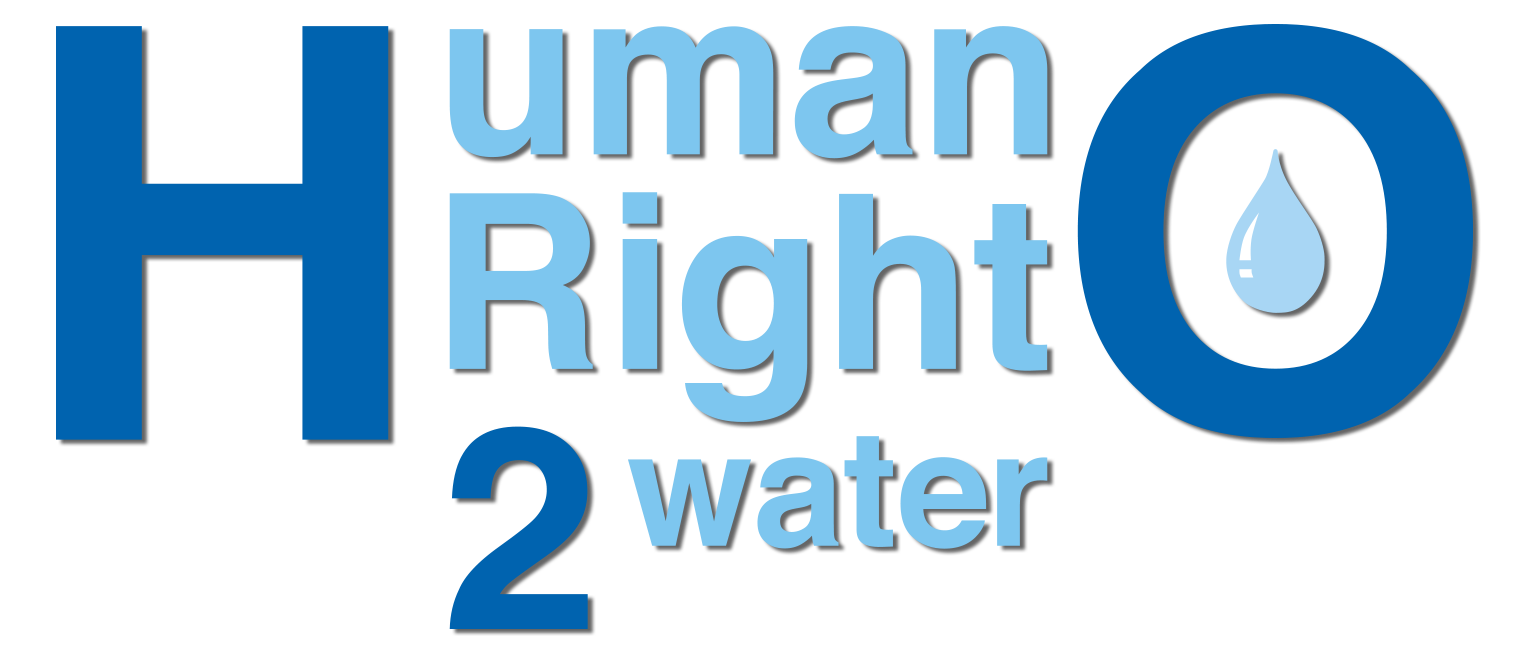Among the seventeen Sustainable Development Goals (SDGs) adopted at the United Nations Sustainable Development Summit in 2015, the human right to clean water and sanitation is embodied in SDG 6, which establishes targets of universal and equitable access to safe and affordable drinking water, sanitation, and hygiene by 2030. Progress towards these targets is tracked largely through the submission of Voluntary National Reviews (VNRs) to the High-Level Political Forum on Sustainable Development, which allows countries to share data regarding their progress towards targets and obstacles in meeting the SDGs.
Author: Jacob Hayward, Northeastern University, USA. Please refer to the attached table, compiled by White and Case on the request of HR2W, which analyses the extent to which the VNRs reflect SDG 6 in their reviews.
Background
National governments have no formal obligation to submit VNRs, and therefore also have wide discretion in selecting the content to be discussed within each report. A few nations, including the United States, Haiti, Yemen, Myanmar, and South Sudan, have yet to submit any VNRs, while others omit data and discussion pertaining to certain SDG targets and indicators. The table included here examines 43 of the 44 VNRs submitted in 2022 and documents their discussion, or lack thereof, of SDG Targets 6.1 and 6.2 – universal access for clean water and adequate sanitation, respectively. The information for one reporting nation, Tuvalu, could not be accessed and is thus the only 2022 VNR submission not analyzed within the table.

The Data
The countries in the examined VNRs represent many different regions, governments, and levels of development. The regional breakdown of the data comes to nine European nations, seven American nations, 21 African nations, and six Asian nations. The governments submitting VNRs range from parliamentary and presidential republics to traditional monarchies and autocratic regimes. Despite the diverse range reflected in the chart, all the entries are united in the fact that they engaged in the voluntary process for reporting SDG progress; however, the extent to which they center the human right to water in their reports is far less uniform.
Of the 43 VNRs examined, 36 made at least some explicit reference to Target 6.1 and 6.2, though the depth of their discussion ranged greatly. Three of the seven nations which failed to mention Targets 6.1 and 6.2 (Eritrea, Grenada, and Suriname) provided some explanation by stating that their 2022 VNRs were focused specifically on in depth discussion of other SDGs, with an examination of SDG 6 to come in future submissions. Of the remaining four VNRs not including Targets 6.1 and 6.2, three (Botswana, Equatorial Guinea, and Italy) make at least some reference to SDG 6, such as discussing coastline redevelopment and waterway management. Only the Philippines applied a wide analysis of many SDGs without making any mention of SDG 6.
The VNRs analyzed varied widely in the amount of text devoted to Targets 6.1 and 6.2. The most expansive discussions were found in the VNRs of Argentina and Dominica, both of which devoted seven pages to the two targets. In contrast, the VNRS for Lesotho, Luxembourg, Montenegro, and Sri Lanka contain only cursory reference to SDG 6, giving no indicators for progress towards Targets 6.1 and 6.2. Among the countries which did include indicators of their progress towards the targets, the reported percentage of the population with regular access to clean water ranged from 100% in Andorra and Switzerland to 24% in Guinea-Bissau. Access to safely managed sanitation services similarly ranged from 100% of the population in Andorra to just 12% of the population in Guinea-Bissau. Countries sharing multi-year data show a trend of increasing access to water and sanitation, with some countries, such as Ghana, sharing that they are on track to meet the targets within the next few years; other countries, such as Gabon, report that they are not currently on track to meet the targets by 2030.
Why it Matters
VNRs provide the best metric for charting the commitment of various nations to protecting the human rights to water and sanitation, and the progress made towards universal access. Beyond that, content-analyses of VNRs like this chart can serve as a valuable resource for those seeking to promote water access and improve sanitation by providing a convenient directory to VNRs which model transparent and detailed reporting of the strategies and policies countries have employed and their relative success or failure. Subnational governments that are engaged with the SDGs, and preparing their own Voluntary Local Reviews, can draw on the VNR sections highlighted in the chart to document and report their own efforts towards universal water access. Additionally, human rights advocates can use the information presented in the chart to pressure countries to engage in better reporting and take more effective measures to meet the 2030 goals.
The information contained in this spreadsheet can also be used to encourage those countries submitting VNRs to include specific information on their progress towards Targets 6.1 and 6.2 in future submissions. Ideally, analysis and engagement with VNRs in a manner such as this will also serve to encourage non-participating countries such as the United States to begin submitting VNRs regularly. Research and advocacy efforts will be best served when nations consider these VNRS to be part of an ongoing international conversation rather than a solely internal measures of accountability; even nations which are meeting the SDG Targets need to publicize how they have attained and maintained success to ensure others can learn from their experiences.

